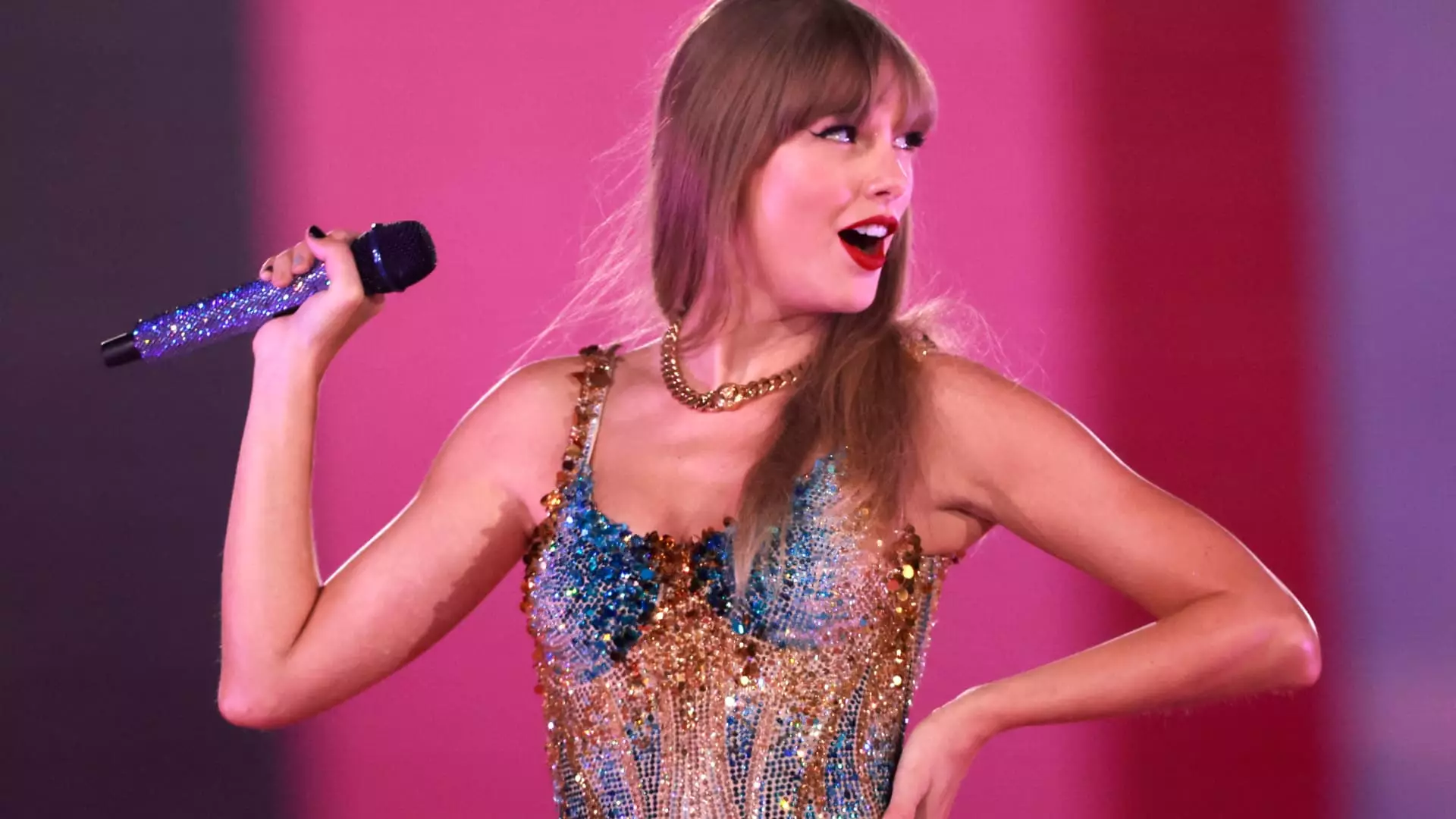Social media platforms have once again come under scrutiny for their role in the circulation of nonconsensual sexually explicit deepfakes, this time targeting pop star Taylor Swift. On X, users noticed that they could no longer search for Swift’s name, following the viral spread of deepfakes portraying the singer in compromising scenarios. This article delves into the repercussions of deepfakes and the actions taken to protect Swift from further harm.
The Rise of Deepfakes
Deepfakes have become a growing concern in recent years, as advancements in artificial intelligence have made it easier to create convincing fake images and videos. By utilizing AI tools, individuals can generate new and fabricated visuals or manipulate real photos to appear explicit or revealing. In the case of Taylor Swift, it remains unclear where these deepfake images originated. However, a watermark indicates that they may have surfaced from a website notorious for publishing fake nude images of celebrities, boasting a dedicated section for “AI deepfake.”
Swift’s deepfake images quickly gained traction, accumulating over 27 million views and more than 260,000 likes within 19 hours before the account responsible for posting them was suspended. Concerned fans mobilized on social media, participating in a mass-reporting campaign to flag and remove the offending content. The hashtag “Taylor Swift AI” became inundated with positive messages defending the pop star, according to an analysis conducted by Blackbird.AI, an organization specializing in protecting against AI-fueled online attacks.
Platform Accountability
X, the social media platform at the center of this controversy, has faced criticism in the past for its sluggish response to sexually explicit deepfakes. The delayed action taken against these deepfake images of Swift highlights the urgent need for better moderation and content regulation on such platforms. With deepfakes becoming more prevalent, platforms must devise effective strategies to combat this digital manipulation and protect individuals from malicious intent.
For Taylor Swift, the circulation of deepfakes is not just an invasion of privacy but also a significant threat to her reputation. While the removal of her name from X’s search function may avoid further exposure to the explicit deepfakes, it is essential to address the larger issue at hand. The support seen on social media with hashtags like “Protect Taylor Swift” demonstrates the collective desire to safeguard public figures from such insidious attacks.
The Future of Tackling Deepfakes
Protecting individuals from deepfakes requires a multi-faceted approach. Technology companies must invest in advanced detection systems to proactively identify and remove deepfake content. Additionally, legislation and regulations need to be enacted that hold platforms accountable for their moderation practices. Collaboration between industry experts, government bodies, and AI specialists will be crucial in combating the widespread dissemination of deepfakes.
The incident involving Taylor Swift and the circulation of sexually explicit deepfakes underscores the urgent need for stronger measures to tackle the growing threat posed by AI-generated manipulations. Platforms like X must prioritize content moderation and swift action to protect individuals from the harm caused by deepfakes. By combining advanced detection systems, legal frameworks, and collaborative efforts among various stakeholders, we can strive towards a safer digital environment for all.


Leave a Reply